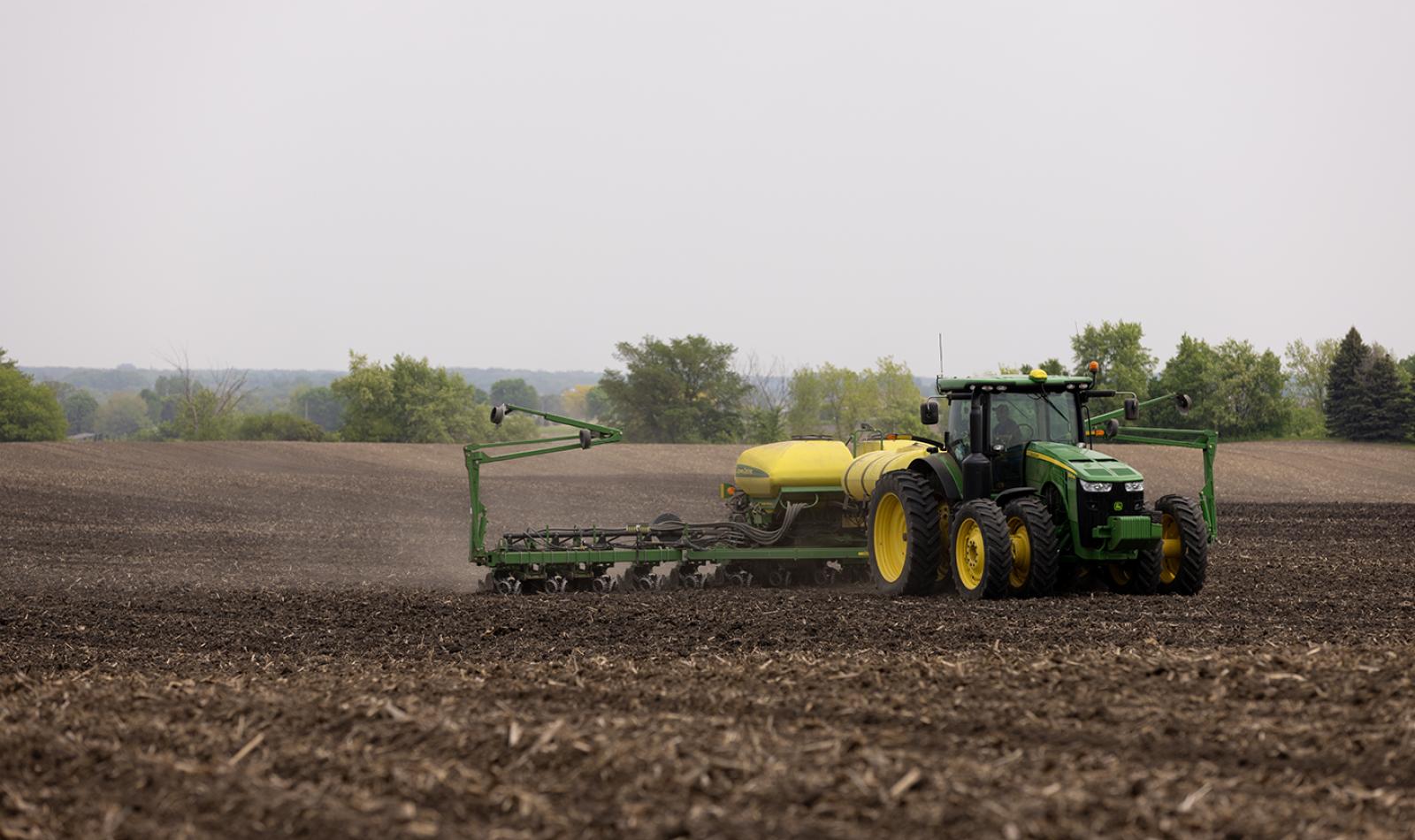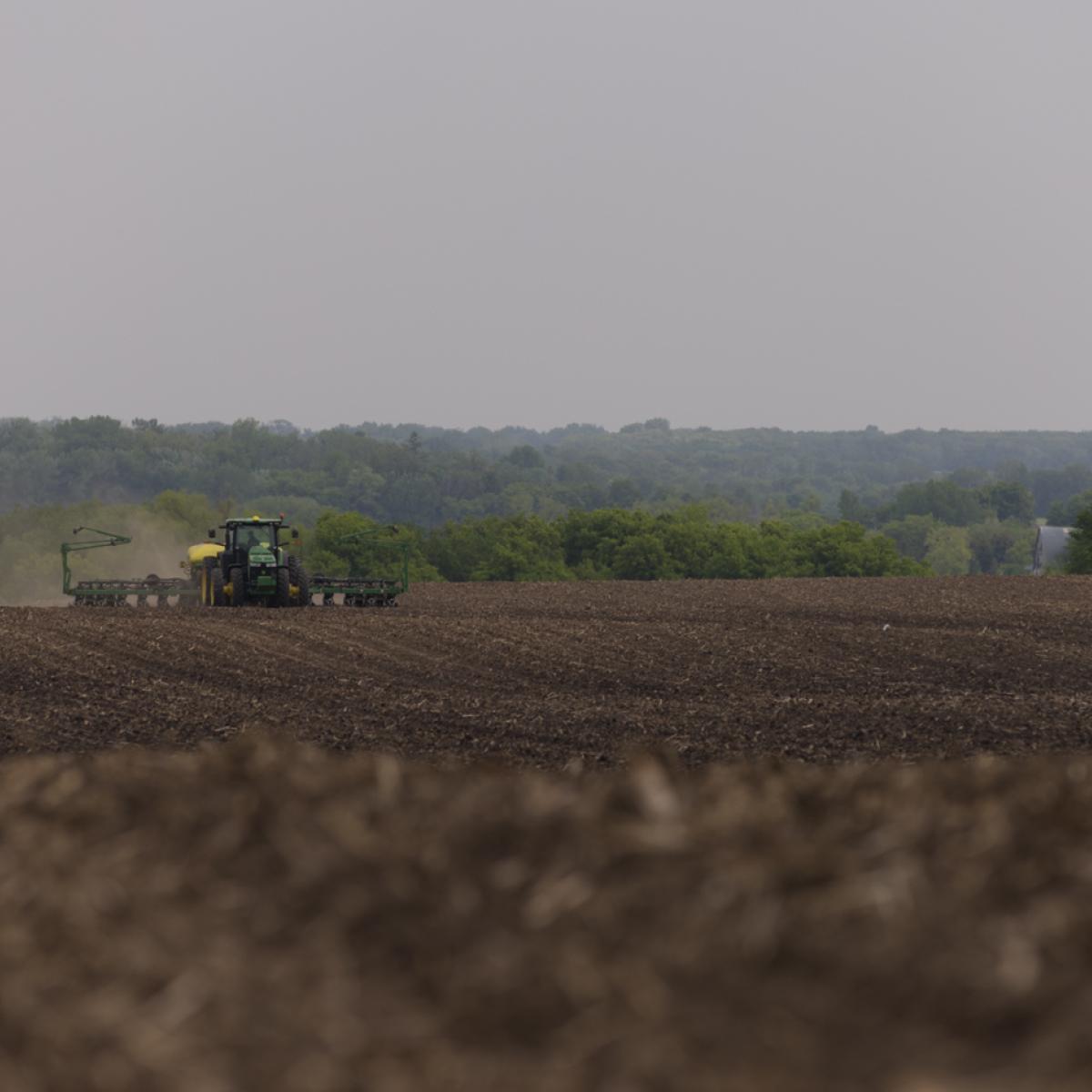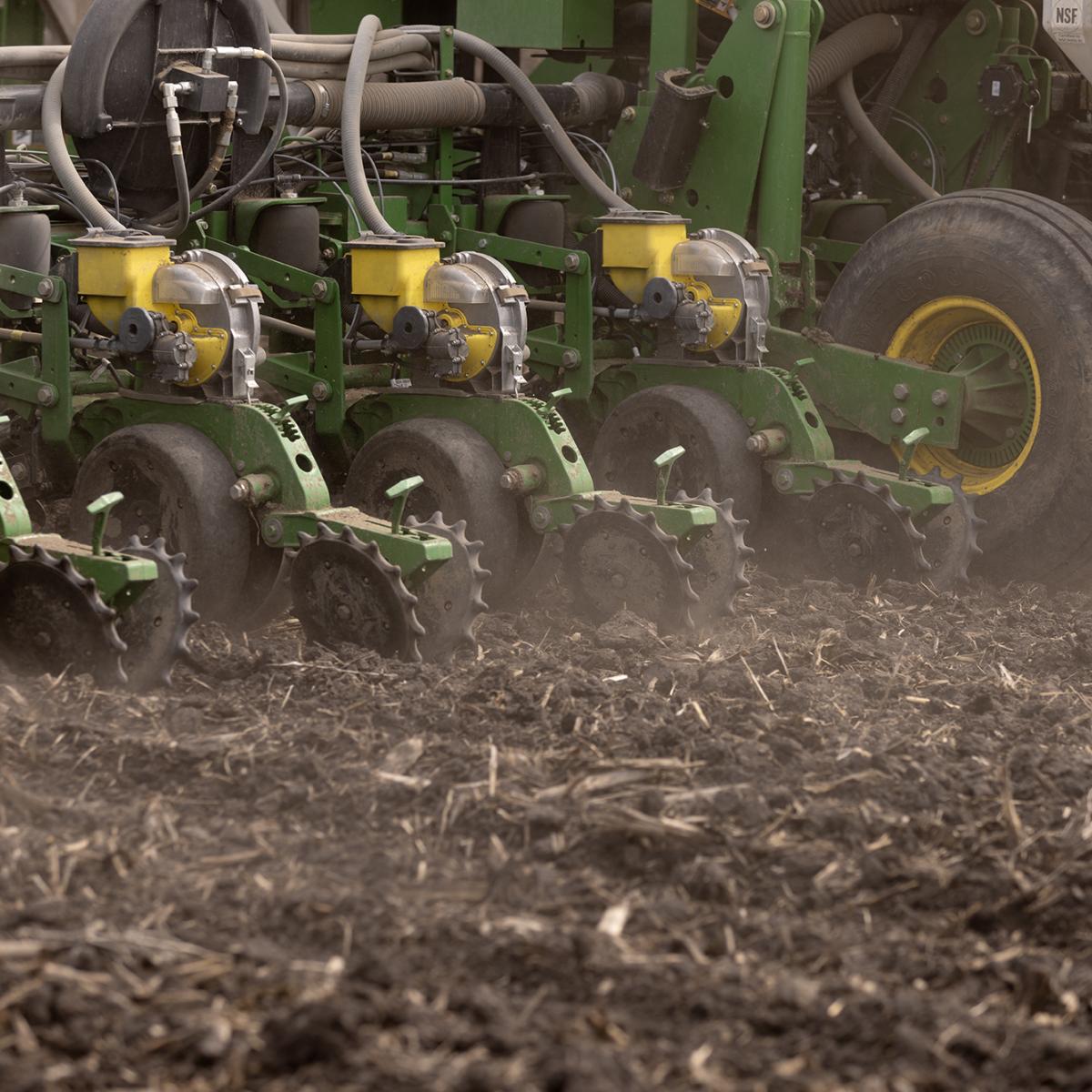
Factors and Trends Driving the Emergence of At-Plant

The demands for what growers can do with their planters are increasing quickly. Fast, accurate seed placement and starter fertilizer application are now table stakes. The focus is shifting to a more holistic approach: An At-Plant strategy.
At-Plant is a proactive management strategy that empowers growers to make and implement an integrated plan for planting. This encompasses seed, planter equipment, crop protection and crop nutrition. The objective: Use the planting pass to get the most out of every plant in the field from the start.
The pieces that make up an At-Plant strategy aren’t new. It’s how the components and inputs are used together that’s evolving. There are a number of factors driving this adoption, including grower demand for more control, planter technologies and laser focus on growing more bushels with greater efficiency.
The Planter – The “New” On-Farm Swiss Army Knife
Planters aren’t only getting bigger, but their roles and responsibilities are as well. Growers are wanting more control over how their inputs are going out and being placed.
Today, 51% of planters are equipped with a liquid application system, and that number is expected to grow as these systems become factory standard. Though most of those systems are committed to starter fertilizer, other inputs are being added to the tank. For example, in the last 10 years, according to industry data, fungicide use via planters with liquid application systems has grown from 3% in 2018 to 8% in 2021.
This upward trajectory demonstrates that growers are striving to do more with their planter. But what is influencing this? Simply put, growers are seeing the limitations of seed treatments and traits. These are still critical tools, but it’s being realized that more can be done during planting to complement existing efforts that come in the seed bag.
Pushing the Yield Barrier
For many corn and soybean growers, 200-bushels per acre and 80-bushels per acre respectively are becoming standard. Now, it’s 300-bushel per acre or 100-bushel per acre that growers have their sights set on.
Pushing yields to those levels requires a significant mindset shift toward more proactive and holistic planning. Instead of stacking traits, growers must stack management practices. Areas like reactive management, in-season fertility and foliar insecticide use will still be necessary but starting with more protection on day one when the seed hits the furrow are becoming more critical.
This requires investing in tools that lay the groundwork At-Plant to reap “unseen” benefits. Think crop physiology benefits and defense against mid- to late-season pests and diseases. By building a stronger, more resilient crop, growers are better suited to protect their yields throughout the growing season.
Flexibility and Control
The need for simultaneous control and flexibility is higher than ever. A lot of this comes back to growers wanting more choice in how they operate and grow a crop.
An At-Plant strategy appeals to growers due to the flexibility it gives them later in the season. Certain At-Plant inputs, like fungicides and insecticides, give growers better control over in-season applications for foliar diseases – gray leaf spot, Northern corn leaf blight – and insects such as corn rootworm. With a layer of protection already in place, growers have a leg up on these potential challenges with proactive control. If the problems increase or reach epidemic levels requiring additional foliar action or applications, growers have a level of residual activity working in the plant, enabling them to better optimize or time their foliar applications.
To empower growers of today, and tomorrow, to operate the way they want to, burgeoning crop management strategies like At-Plant are crucial to future success.
Always read and follow all label directions, precautions and restrictions for use. FMC and the FMC logo are trademarks of FMC Corporation or an affiliate. ©2023 FMC Corporation. All rights reserved.


